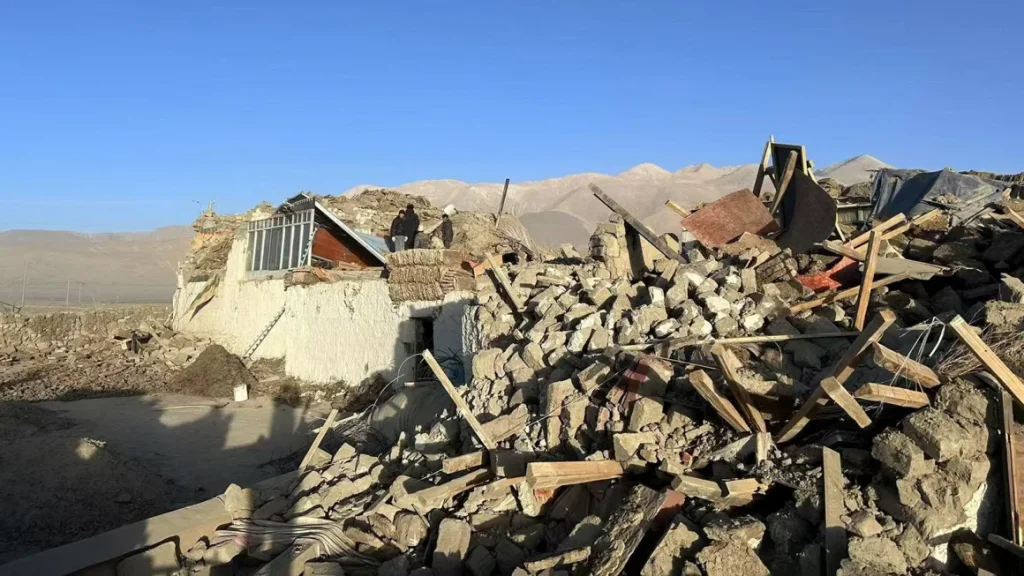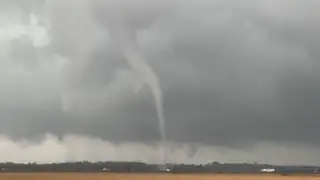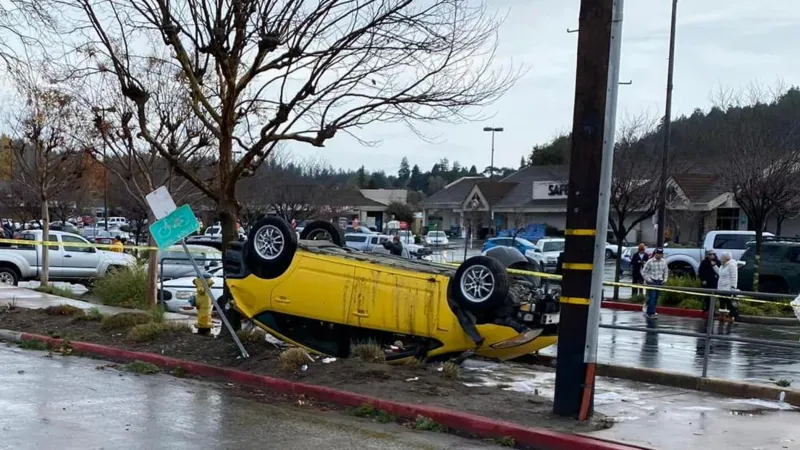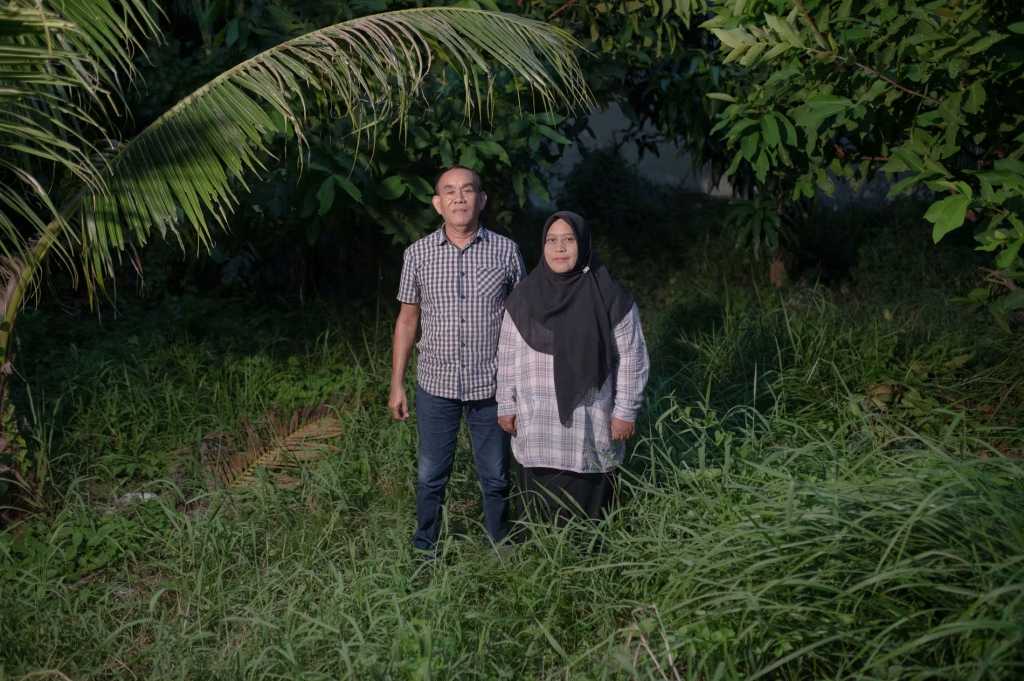Powerful earthquake rocks remote region of Tibet and parts of Nepal, killing at least 95

A powerful earthquake recently struck a remote region of Tibet and parts of Nepal, causing widespread devastation and resulting in at least 95 confirmed deaths. The tremor, which measured a significant magnitude, sent shockwaves through communities already vulnerable due to the region’s difficult terrain and limited infrastructure. As rescue efforts intensify, the full extent of the damage is still emerging, with more casualties expected as authorities continue to assess the situation.
The Earthquake’s Impact
The earthquake hit the region in the early hours of the morning, catching many residents off guard while they were still in their homes. The epicenter of the quake was located in a sparsely populated mountainous area in Tibet, near the border with Nepal. Despite the remote location, the tremor had a significant impact, with tremors felt across a wide area, including the capital of Nepal, Kathmandu, and other cities. The shaking caused buildings to collapse, landslides to occur, and critical infrastructure to be damaged.
The toll on human life has been substantial, with at least 95 confirmed dead, though this number is expected to rise as rescue teams access more affected areas. In addition to those killed, hundreds more have been injured, with many suffering from broken bones, head trauma, and other injuries caused by falling debris. Hospitals in the region have been overwhelmed with casualties, and local medical facilities are struggling to provide sufficient care, especially given the limited resources available in these remote areas.
Challenges of Rescue and Relief Efforts
The region where the earthquake struck is known for its rugged terrain and remote villages, making it extremely difficult for rescue teams to reach those in need. In the aftermath of the disaster, the lack of transportation infrastructure, such as roads and bridges, has delayed the arrival of aid. Helicopters and other aerial vehicles have been deployed to deliver supplies and evacuate survivors, but weather conditions and the mountainous landscape have hindered these efforts.
The immediate focus of rescue teams has been on finding survivors trapped under rubble. In addition to the destruction of buildings, landslides triggered by the quake have also blocked roads and buried entire villages. Emergency workers have been using heavy machinery to clear debris and reach isolated areas. However, access is still limited, and it is feared that many survivors may still be stranded in remote locations, unable to receive the help they need.
The local governments of both Tibet and Nepal, along with international aid organizations, have been working together to coordinate relief efforts. Supplies of food, water, medicine, and shelter materials have been dispatched to the affected areas, but logistical challenges remain. The difficult terrain, coupled with the region’s already fragile infrastructure, has made it hard to bring in enough resources to meet the growing needs of those affected by the earthquake.
Response from the International Community
As the death toll continues to rise, the international community has expressed condolences and offered assistance. The United Nations has called for immediate action to support the relief efforts, and countries around the world have pledged to send humanitarian aid, including search and rescue teams, medical supplies, and financial support. Nepal, which shares a border with Tibet, is particularly vulnerable to the aftereffects of earthquakes, having experienced devastating earthquakes in the past. Global relief efforts are now focused on providing both immediate aid and long-term recovery assistance.
While the government of China has pledged to send aid to Tibet, the remote location of the affected region has made it difficult to provide immediate assistance. Similarly, Nepal’s government has been working to mobilize resources and coordinate with international organizations to help people in need. In the days following the earthquake, both governments have called for unity and solidarity as they work together to address the crisis.
The Long-Term Consequences
The immediate focus on search and rescue efforts and relief aid is crucial, but there are also long-term consequences that will need to be addressed. The destruction of infrastructure, including roads, schools, and healthcare facilities, will make it difficult for these communities to recover quickly. Additionally, the psychological toll on survivors and the loss of homes, livelihoods, and loved ones will have a lasting impact on the region. The rebuilding process will be a massive undertaking, requiring international assistance and years of sustained effort.
The earthquake’s aftermath has also drawn attention to the ongoing vulnerability of the region to seismic activity. Both Tibet and Nepal are situated in a seismically active zone, and this earthquake serves as a reminder of the constant threat that natural disasters pose to these areas. Strengthening infrastructure, improving early warning systems, and preparing communities for future disasters are all key elements that will need to be addressed to reduce the risk of similar catastrophes in the future.
As the search for survivors continues and the full scope of the destruction becomes clearer, the earthquake that struck Tibet and parts of Nepal has underscored the devastating impact of natural disasters on vulnerable communities. While the immediate efforts are focused on rescue and relief, the long-term recovery will require coordinated action from local governments, international organizations, and humanitarian groups. The tragedy has brought together the global community in a collective effort to provide aid and support to those affected, highlighting the resilience of people in the face of overwhelming adversity. As the region begins the long road to recovery, the world watches in solidarity, hoping for the safe return of those still missing and offering whatever assistance is needed to rebuild lives and communities.






